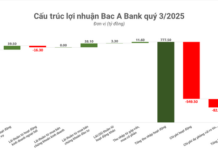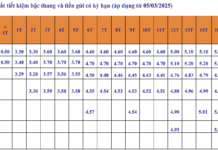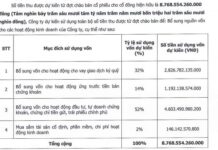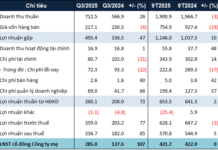Regarding the incident of child abuse at the Hoa Hong Shelter (District 12, Ho Chi Minh City), Mr. Dang Hoa Nam, Director of the Department of Children (Ministry of Labour, Invalids and Social Affairs), emphasized in an interview with the press on September 5th that this unfortunate incident should never have occurred at a licensed public child care facility.
PREVIOUS INSPECTIONS FAILED TO DETECT THE ABUSE
According to the Director of the Department of Children, the facility’s license and registration included a requirement to report to the labour management authorities every six months.
While the facility has been inspected in the past, the abuse went undetected until the unfortunate incident came to light.
On September 4th, the Minister of Labour, Invalids and Social Affairs also sent an urgent dispatch to the Chairman of the People’s Committee of Ho Chi Minh City, requesting the local government to resolve three key issues.
On the same day, the Department of Children received a rapid report from the Ho Chi Minh City Department of Labour, Invalids and Social Affairs regarding their investigation into the incident, as well as their efforts to care for, support, and protect the child victims.
The local authorities also issued a document from the City’s People’s Committee Chairman regarding the handling of the incident and the care of the abused child at the Hoa Hong Shelter.
“The children from this facility have now been transferred to 13 other public social assistance centers to ensure their safety and well-being,” Mr. Nam informed.
Regarding the next steps, Mr. Nam stated that they would follow the legal regulations and established procedures for handling, supporting, and intervening in cases of child abuse and sexual assault.
Ho Chi Minh City is also one of the first localities to issue a procedure for handling cases of child abuse and assault. The local authorities have taken timely action in response to the incident.
To address and minimize the recurrence of similar incidents, as well as cases of child abuse in social assistance centers responsible for caring for and protecting children, Mr. Nam emphasized the need for improved supervision, inspection, and monitoring by the management agencies. He highlighted that these centers themselves pose a higher risk for such incidents.
In particular, he stressed the importance of heightened accountability from the leaders of these centers, supervisors, and the utilization of surveillance cameras.
Mr. Nam attributed the delay in uncovering the abuse at the Hoa Hong Shelter to the absence of a technical surveillance system. According to press reports, the staff at the facility were kind and attentive during the day, but the abuse occurred at night. This raises questions about the accountability of the center’s leadership.
PRIORITIZING CHILD CARE WITHIN FAMILY ENVIRONMENTS
Another factor contributing to this incident, as pointed out by the Director of the Department of Children, is the lack of specialized social workers. The number of inspectors is insufficient due to limited human resources, while the number of facilities related to child care is extensive.
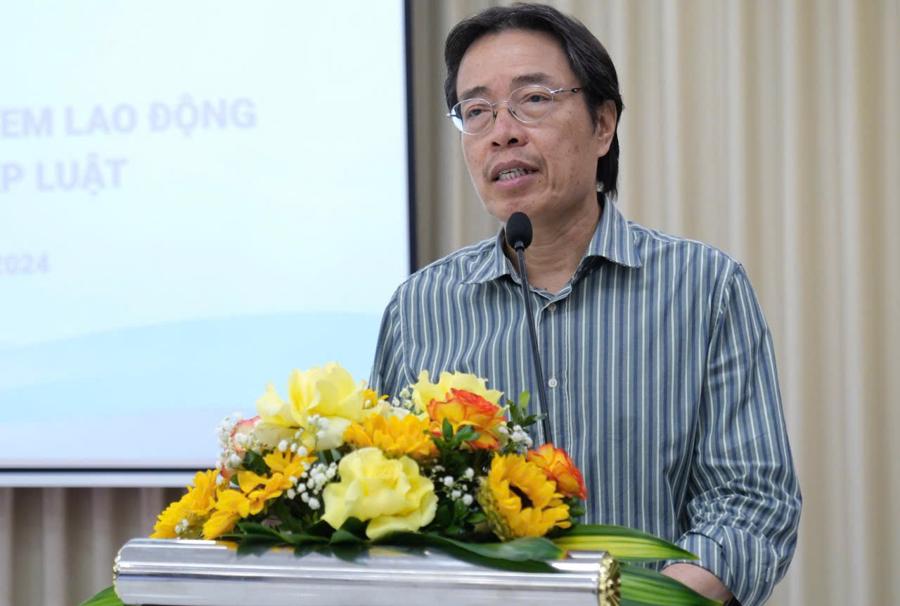
For instance, Ho Chi Minh City alone has hundreds of facilities dedicated to child care and education. International experience underscores the necessity of a professional social care workforce to consistently monitor, supervise, and prevent potential cases of child abuse from an early stage.
Another lesson learned, according to Mr. Nam, pertains to the licensing process. Specifically, during the inspection, the number of children at the Hoa Hong Shelter was found to be twice, and at times nearly three times, the licensed capacity. This indicates that the demand for care exceeded the facility’s capacity.
“When a facility exceeds its capacity, it becomes inevitable that the children’s safety will be compromised. With too many children, the staff become overburdened, their mental state may be affected, and the facility may no longer be truly safe,” Mr. Nam observed.
Therefore, for Ho Chi Minh City, the Department of Children has recommended the establishment of a coordination and referral network when facilities reach maximum capacity, and they should not be allowed to exceed their limits.
“Presently, there is a tendency for many facilities to want to keep children in their care to attract funding and support from the community, and they may even be reluctant to transfer children or comply with regulations regarding children’s rights,” Mr. Nam pointed out.
The Law on Children prioritizes family or family-like environments as the best care option for children. Institutional care is considered a last resort.
“Therefore, it is the responsibility of the head of the facility to maintain a list of children in their care, report to the relevant authorities for regulation and referral, and immediately coordinate with local authorities to return the children to their original family environment or find alternative caregivers in a family setting,” the leader of the Department of Children stated.
In a report to the Prime Minister, the Ministry of Labour, Invalids and Social Affairs informed that the Hoa Hong Social Assistance Center was licensed in July 2023.
This non-public social assistance center, which does not charge fees, is responsible for supporting and nurturing abandoned, orphaned, and homeless children, with a capacity to care for up to 39 children.
However, at the time of inspection, the Hoa Hong Shelter was found to be caring for 86 children. This included 15 infants, 36 children aged 1-2 years, 31 children aged 3-5 years attending a community kindergarten, 3 children aged 6-12 years, and 1 child receiving treatment at a hospital.
Upon receiving information about the child abuse incident at the aforementioned center, the Ministry of Labour, Invalids and Social Affairs directed the Department of Children to promptly gather information and issue guidance to the local labour management authorities to coordinate with relevant units to inspect and verify the situation.
At the same time, they implemented emergency support and intervention procedures for child abuse and assault victims, as stipulated in Decree No. 56/2017/ND-CP detailing a number of articles of the Law on Children.
The Police of District 12, Ho Chi Minh City, have summoned the owner of the facility, Ms. Giap Thi Song Huong, and the perpetrator of child abuse to the police station for investigation and clarification.
“A Tale of Two Cities: Hanoi’s Credit Growth Outpaces Ho Chi Minh City in the First Eight Months”
The capital city of Hanoi witnessed an impressive surge in credit growth, outpacing Ho Chi Minh City by nearly threefold.
The New Real Estate Boom: Are Ho Chi Minh City Residents Ready to Spend Their Savings and Take Out Loans for Property?
The property market is booming, and potential buyers know that hesitation will only result in missed opportunities. With an increasing number of people willing to take out loans to secure their dream homes, the competition is fierce. The pressure to act fast is on, as buyers recognize that property prices and availability show no signs of decreasing.







